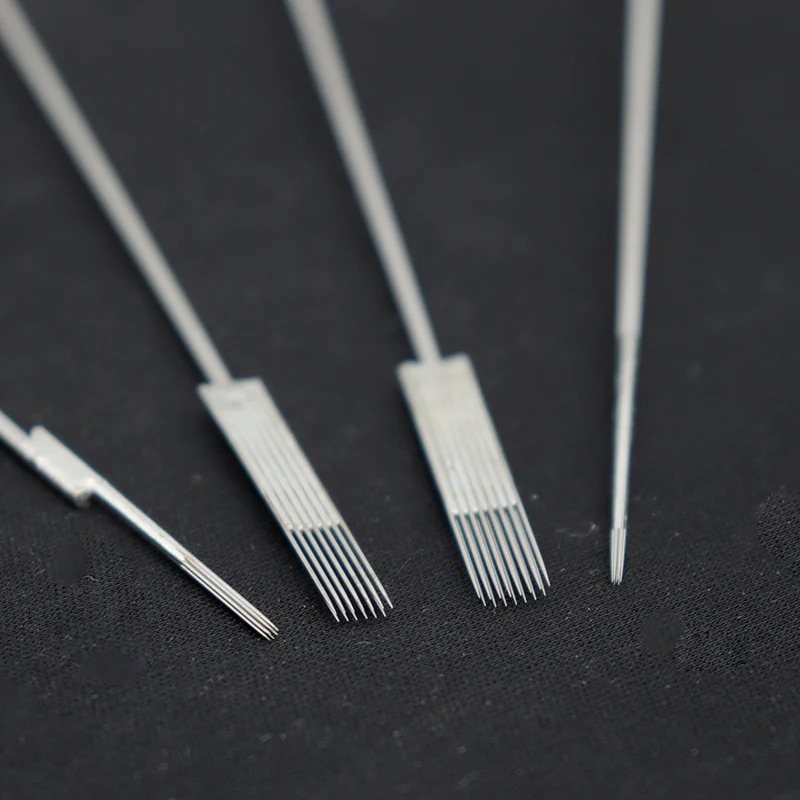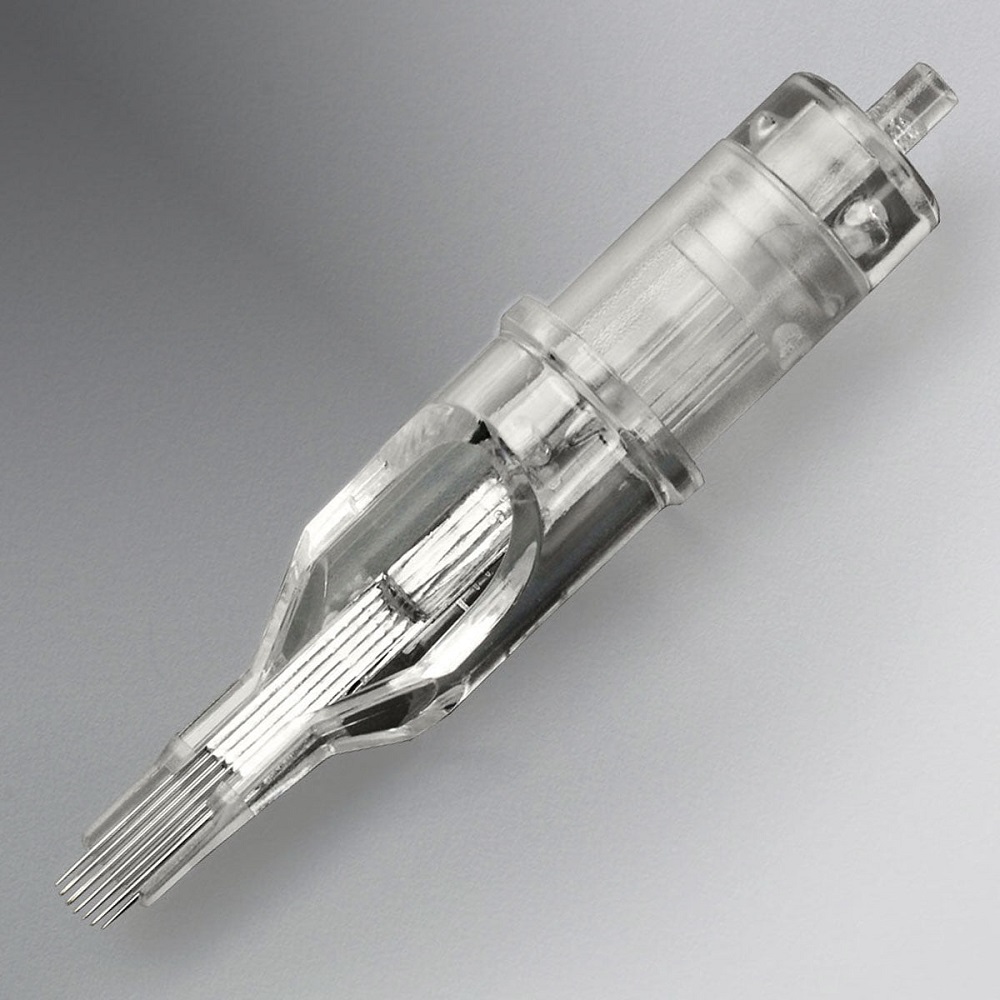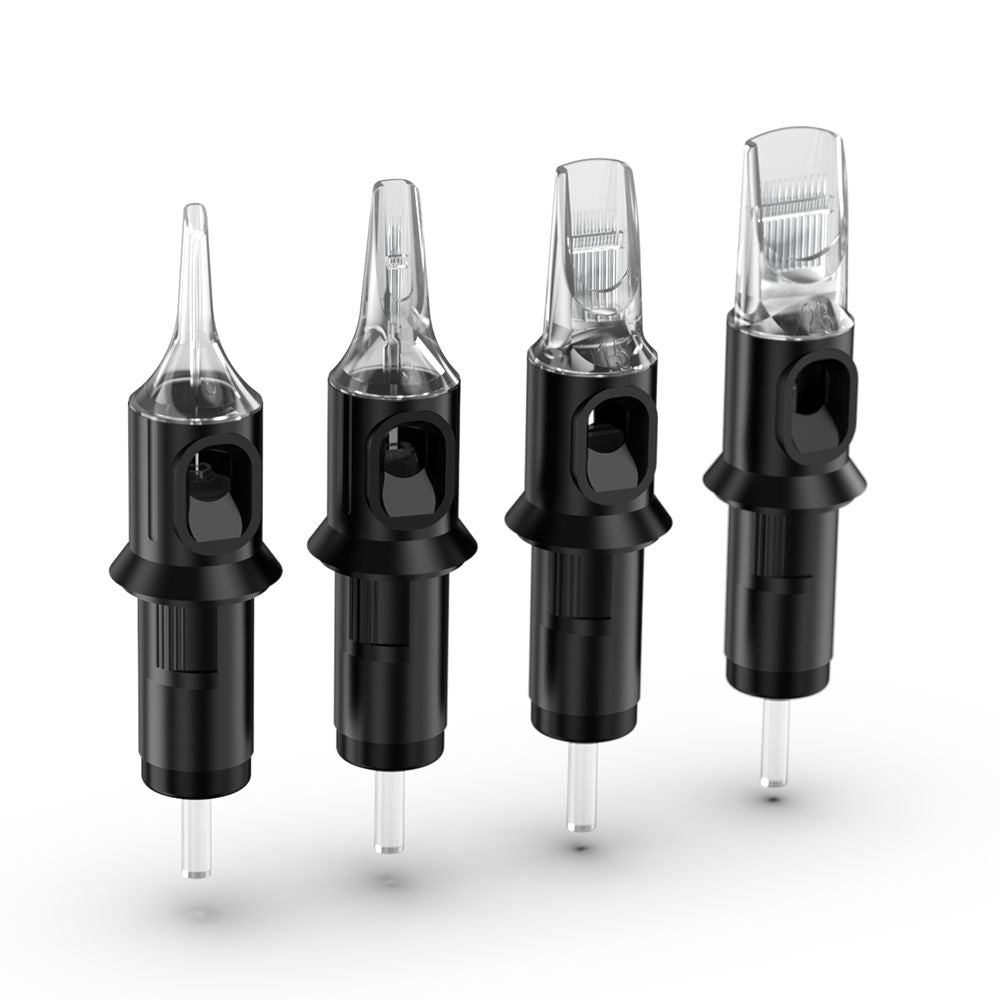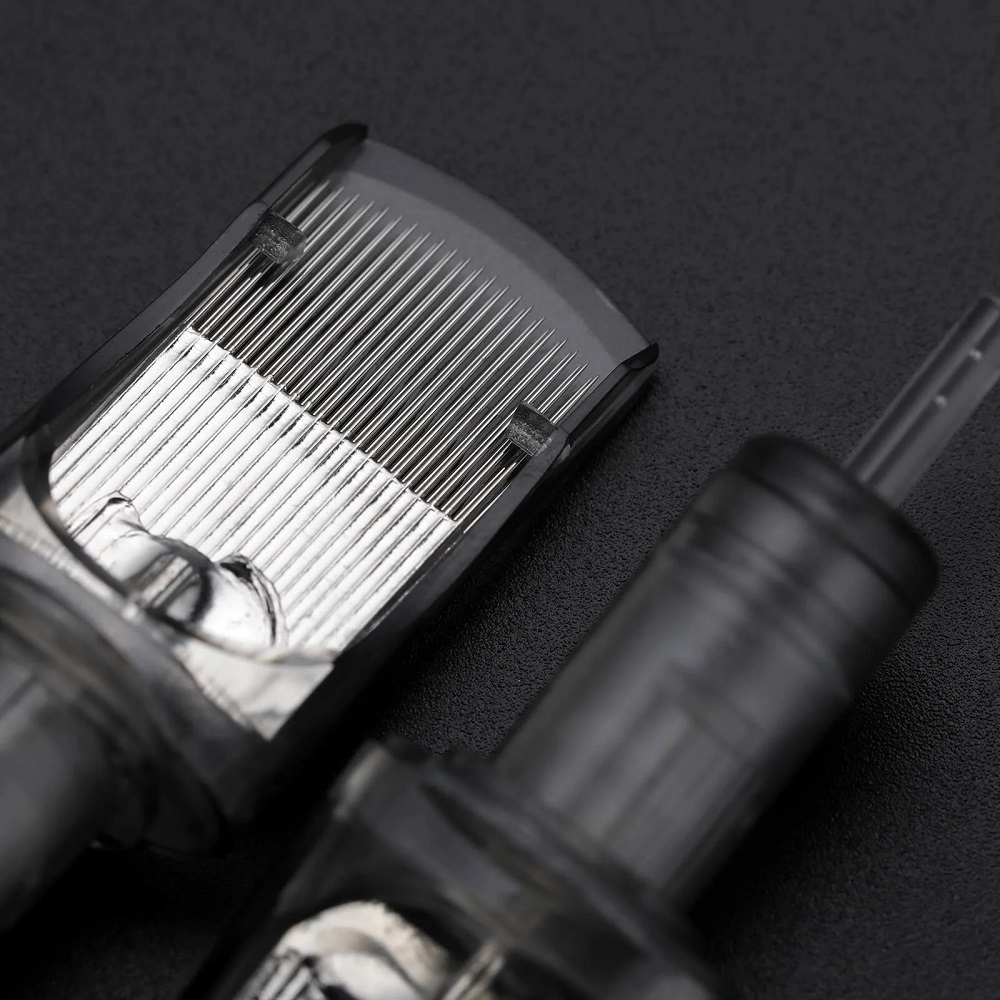
Tattoo Needles: Choosing the Right Type for Your Tattoo Style
Tattoos are a fantastic form of self-expression. They allow individuals to tell their stories, commemorate important events, and showcase their unique styles. Behind every beautiful tattoo lies a selection of specialized tools. Among these, tattoo needles play a crucial role. Choosing the right type of needle can significantly affect the outcome of your artwork. This article explores the different types of tattoo needles, their configurations, and how to choose the best type for your tattoo style.
Understanding Tattoo Needles
The Basics of Tattoo Needles
Tattoo needles are essential tools for tattoo artists. They create the intricate designs that adorn the skin. Each needle is designed for a specific purpose and can be made from various materials. Most commonly, they are made from stainless steel, which is strong and resistant to rust. However, understanding how these needles function is key to achieving the desired tattoo results.
Tattoo needles vary in type, size, and configuration. Each variation leads to different effects on the skin. Artists must understand these differences to select the most appropriate needle for their designs. A proper understanding of tattoo needles lays the foundation for successful tattooing.

Types of Needles
Tattoo needles can be categorized into three main types: liner needles, shader needles, and magnum needles. Each type serves different purposes. Liner needles create fine lines, shader needles shade and color in portions, and magnum needles allow for faster coloring over larger areas. Familiarity with these types is essential for both artists and clients. Recognizing these distinctions can help tattoo lovers understand what to expect during the tattooing process.
Needle Configuration
Along with types, the configuration of needles is also important. Needle configurations refer to the number of needles grouped together. For example, a single needle is often used for delicate line work, while multiple needles can fill larger areas with color. The configuration affects how the ink is deposited into the skin and influences the final appearance of the tattoo. Understanding needle configurations aids tattoo artists in achieving their desired artistic effects.
Liner Needles: Small Details and Precise Lines
What They Are
Liner needles are the needles most commonly used for outlining tattoos. They are typically arranged in a tight grouping, usually between one to seven needles. This tight configuration allows artists to create fine, crisp lines with precision. Because of their design, liner needles provide excellent control for detailed work. This is particularly beneficial for designs that feature intricate patterns or lettering.

Choosing the Right Liner Needle
When selecting a liner needle, artists consider the needle’s gauge and taper. The gauge indicates how thick the needle is; a lower gauge number means a thicker needle. Thicker needles can create bolder lines, while thinner needles produce finer lines. Similarly, the taper affects how the needle comes to a point. A longer taper allows for more precision, which is especially important when creating intricate designs.
Choosing the right liner needle depends on the desired outcome. Artists often experiment with different gauge sizes and tapers to find what works best for their style. This experimentation can enhance an artist’s distinctive touch and contribute to the overall quality of their work.
Best Applications for Liner Needles
Liner needles are perfect for line work and outlining. They are used in designs that require sharp, defined edges. Many styles benefit from liner needles, including traditional, Japanese, and blackwork tattoos. In addition to lining, some artists may use liner needles for minimal shading. However, their primary role remains outlining due to their precision and ability to produce clean lines.

Shader Needles: Adding Depth and Dimension
What They Are
Shader needles are another essential tool for tattoo artists. Unlike liner needles, shader needles are designed for coloring and shading. They are typically formed by arranging multiple needles in a wider configuration, often creating a fan-like shape. This design allows for a more substantial ink deposit, resulting in smooth shading and solid color fills.
Choosing the Right Shader Needle
With shader needles, the choice of gauge still matters. However, artists may also consider the number of needles in each configuration. Common configurations include three-and-five-needle shaders, but some artists prefer larger groupings for rapid color application. Additionally, the needle’s taper and curvature can influence how the ink flows and how well it shades.
When choosing a shader needle, artists need to think about their specific design goals. By analyzing the complexity of the shading needed here, they can make informed choices that reflect their artistic vision. Many tattoo artists keep a selection of shader needles on hand to meet varying shading demands.
Best Applications for Shader Needles
Shader needles are excellent for filling in larger areas of color and creating gradients. They are commonly used in floral designs, portraits, and any tattoo that requires smooth transitions between colors. Shader needles help produce softer impressions, adding depth and dimension to the artwork. Using an appropriate shader needle can transform a simple design into a visually captivating masterpiece.

Magnum Needles: For Efficient Coloring
What They Are
Magnum needles are a specific type of shader needle designed for larger areas. They are doubled up in rows, which enables them to cover more surface area efficiently. This design is highly effective for coloring expansive tattoos, as it distributes ink evenly across the skin. Magnum needles help tattoo artists work faster while maintaining quality in their tattoos.
Choosing the Right Magnum Needle
When selecting a magnum needle, the artist must consider both the size and the number of needles. Standard configurations include double magnums with two rows and triple magnums with three. The choice between different configurations will depend on the artist’s intended effect and shading requirements. Artists also consider the gauge and taper to determine how much ink will be deposited into the skin.
The right magnum needle can drastically affect the outcome of a tattoo. Artists must find the balance between speed and quality. A well-chosen magnum needle can help an artist achieve the desired visual impact without compromising the integrity of the design.
Best Applications for Magnum Needles
Magnum needles excel in larger tattoos and are frequently used for expansive color fills and gradients. They are ideal for projects such as back pieces, sleeve tattoos, and murals that require uniform shading and color intensity. Using a magnum needle can significantly reduce the time spent on larger areas, making them a favorite among seasoned tattoo artists.

Specialty Needles: For Unique Artistic Needs
What They Are
Beyond the more common needle types, specialty needles play a crucial role in advanced tattooing techniques. These may include curved needles, which are beneficial for creating specific artistic effects or unique lines. Specialty needles can also include specific configurations designed for multi-color work or advanced shading techniques. Each needle serves a particular purpose, allowing for a broader range of artistic expression.
Choosing Specialty Needles
When considering specialty needles, artists must assess their specific needs based on the tattoo style they wish to create. These needles vary significantly, offering various diameters and tapers to facilitate different types of line work or shading. Choosing specialty needles often requires experience and knowledge of various tattooing techniques.
Many artists may choose to experiment with specialty needles as they become more advanced in their craft. Testing new styles and needle configurations helps expand their skills. This exploration leads to greater creativity and innovation in their tattoo designs.
Best Applications for Specialty Needles
Specialty needles are invaluable for artists looking to push their creative boundaries. They allow for unique techniques, such as specific shading methods or the incorporation of unconventional patterns. An artist who uses specialty needles can embrace various styles, lending distinctiveness to their work. Ultimately, the application depends on the artist’s vision and willingness to experiment.
Needle Maintenance and Care
Importance of Needle Care
Maintaining tattoo needles involves more than simply selecting the right type. Proper care and maintenance of needles are critical to ensuring the quality of tattoos and the safety of the client. Using clean, sterilized needles is an essential part of tattooing that cannot be overlooked. Proper sanitation helps minimize the risk of infections or complications during the tattooing process.
Techniques for Proper Maintenance
Professional artists follow specific procedures to ensure needle safety. This includes using single-use needles whenever possible and properly sterilizing any reusable equipment. Most artists opt for autoclaves to ensure thorough sterilization of their tools. Additionally, tattoo artists must regularly clean their workstations and disposables to maintain a safe and sterile environment.
Artists should also dispose of any contaminated needles responsibly. Proper disposal reduces the risk of contaminating the environment and protects public health. Following significant safety protocols can ensure that both the artist and the client remain safe throughout the tattooing process.
Ensuring Quality
In addition to sanitation, the quality of the needles used indicates the overall quality of the tattooing experience. Using only high-quality needles reduces the likelihood of needle breakage or uneven ink distribution. Moreover, needle quality affects pain levels experienced during the tattoo. Well-made needles lead to smoother application, ultimately improving the experience for everyone involved. Artists must invest in reputable brands that prioritize quality and safety.
Learning and Mastery
Education and Training
Choosing the right tattoo needle hinges on the artist’s education and training. Aspiring tattoo artists should seek out training programs and apprenticeships to develop their skills. Proper education will help them understand the intricacies of needle types and their applications. Additionally, hands-on experience is invaluable for mastering the art of tattooing.
Professional workshops and seminars also provide insight into new techniques and trends in the industry. As tattooing evolves, staying updated on innovations is essential for any artist looking to enhance their craft. Continuous learning will improve their skill set and expand their artistic repertoire.
Practice for Proficiency
While education is crucial, practice plays an equally significant role in developing proficiency with tattoo needles. Artists should continually practice their techniques to gain greater control over their tools. Experimenting with different needle types can lead to new ideas and creative inspirations. Building confidence with needle handling also leads to improved outcomes and happier clients.
Additionally, artists often learn from their mistakes. Each session provides a unique opportunity to refine techniques and enhance overall quality. Developing expertise is a gradual journey that unfolds over time.
Seeking Feedback
Receiving feedback from peers and mentors can enhance an artist’s understanding of needle applications. Constructive criticism supports growth and improvement. Sharing works with fellow artists offers valuable insights into personal techniques and styles, fostering continuous development within the tattoo community.
Taking feedback to heart can significantly improve an artist’s skills. This evolving process ultimately leads artists to master their craft and understand the most effective ways to use different types of tattoo needles.
Conclusion
Choosing the right tattoo needle is crucial for achieving the desired artistic results. Each needle type—liner, shader, magnum, and specialty—serves a unique purpose. Understanding these differences helps artists select the tool best suited to their specific designs and styles. Additionally, maintaining cleanliness and safety during the tattooing process ensures a positive experience for both artists and clients.
Education, practice, and feedback are vital components of developing mastery in tattooing. As artists grow in their craft, they will refine their techniques, improving their choice of needles and their overall artistic skills. In the world of tattooing, the right needle can make all the difference in bringing a vision to life. By investing time and care into their practices, artists can create stunning tattoos that reflect their unique styles and resonate with their clients.

